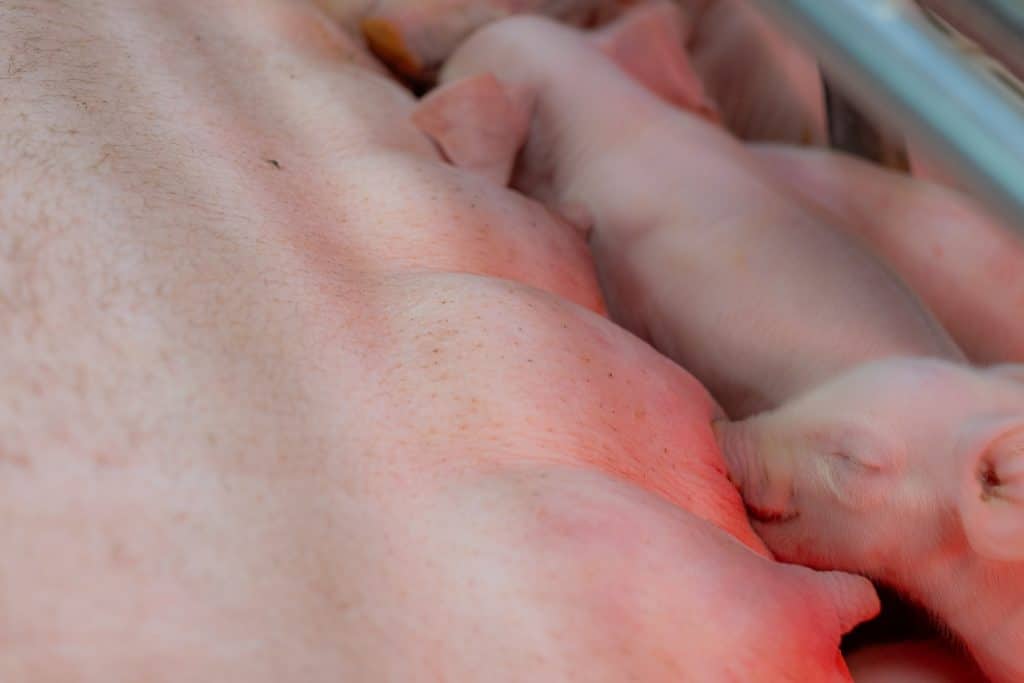The success of a breeding herd is epitomised by the birth of a substantial litter of live pigs. The total litter size typically ranges between 14 and 16 pigs, with a steady increase over the years. Nevertheless, the upswing in litter size poses heightened risks of stillborn animals. Enhanced knowledge of the expected delivery time and signs of farrowing could significantly enhance piglet survival through attended farrowings.
The modern sow’s gestation length spans 115 to 116 days, following a normal distribution across 112 to 119 days. Surprisingly, the increased litter size is not correlated with gestation length but is instead linked to a prolonged duration of farrowing, leading to an elevated risk of stillborn animals.
To streamline production flow and enhance labour effectiveness, synchronised farrowing proves beneficial. Farms can induce farrowing using prostaglandins the day before the anticipated farrowing (114 days) for sows that have not commenced farrowing by day 116. Conversely, early farrowing on days 112 to 114 can be prevented using oral progestogen. Currently, the challenge lies in predicting which sows will deliver early, on time, or late.
Understanding the farrowing process and recognising the signs for the different stages of birth will help us to develop management plans to improve the likelihood for live-born piglets.
Click here to read the full, in-depth article as first published on www.pig333.com.
The South African Pork Producers’ Organisation (SAPPO) coordinates industry interventions and collaboratively manages risks in the value chain to enable the sustainability and profitability of pork producers in South Africa.









